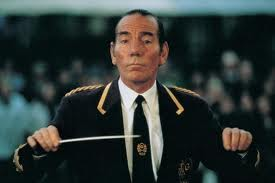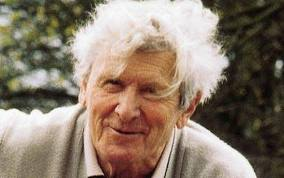 I don’t know if animals truly are good judges of character – but they can be used to show it in fiction. I am focusing here on how animal characters can illuminate the human ones.
I don’t know if animals truly are good judges of character – but they can be used to show it in fiction. I am focusing here on how animal characters can illuminate the human ones.
The way your characters treat animals can be a simple method to indicate empathy. They might take care to feed birds over winter. They might use humane traps for vermin. They might lift their piglet on the wall to see the parade! More conflicted characters can be revealed by a confused approach – vegetarian but eat fish, or keep urban chickens yet feed foxes. You might use concerns about animals as a plot driver: the vegan diver who liberates lobsters from local fishermen, the shoplifting lady with too many cats or the kid with a catapult keeping magpies away from nesting birds.
On the other hand, their behaviour towards animals can be used to show a character’s darker side. The green-stained fish tank, the donkey with untrimmed hooves or the stinking rabbit hutch speak of neglect and failed promises. What about the horrors who train magnifying glasses on ants, or pull legs off spiders? The choice of animal associated with a character can speak volumes – Philip Pullman knew that well with his use of daemons. And where would a world class villain be without an appropriate pet?
But it’s not just our character’s attitude towards animals that indicates personality – it’s the animals’ reactions to them. Ever since Bucephalus, the behaviour of the horse around a person has been used to indicate nobility and trustworthiness. Similarly the wagging tail of a dog can suggest they sense a warm open personality. An affinity with wildlife in particular has been used for innocence and patience – I love Dickon in ‘The Secret Garden’ for that.
Ambivalence, mystery or less stereotyping can be created by the showing the trust of more unusual animal in a given character. How will your reader react if a character wins the affection of a hooded rat, an ocelot or a seal? What if they are generally unpleasant – but feed deer at dusk on nectarines?
Of course, the fear or hatred of animals can be used to great effect. The reader does not feel comfortable round someone who makes the joyful blackbirds fall silent, makes a wolfhound tremble and droop its tail or a wildcat cower. And having a carrion crow as a companion certainly says something about a person.
So using an animal as a minor, secondary or ( as in the case of Black Beauty) central character can be useful strategy for letting your reader see personality in action – without hanging a label around your characters’ necks.



